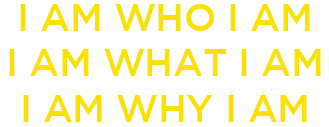26 Dec Complaint Department
Marriage is like a corporate partnership wherein one mate or the other assumes different department roles: Chief Executive Officer, Chief Financial Officer, Director of Human Resources, etc. However, at times conflicts arise when there is confusion over who heads which department. For example, a wife might complain to her husband because she is unhappy about something he said or did. Her husband in turn might be taken aback by her complaints as he views himself head of the Rewards Department, not the Complaint Department. He then needs assign his wife to take charge of the Complaint Department as she has the most experience in complaining. Alternatively, when a wife is complaining, best to keep silent but for agreeing ("yes, you're right") with her gripes, letting her vent until she calms down. A mistake would be addressing her issues rationally or trying to help her perceive what irks her in a different light. Doing so tends to agitate her further and invariably results in her saying: "You don't understand me." Well, now you know she is right. If you understood her, you would have little to do with her....

